Transform your living room into a space that truly reflects your personality and style with innovative wall decor ideas. Whether you’re aiming for a modern, minimalist look or a unique, eclectic vibe, the right wall decor can elevate your space and bring it to life. From selecting the perfect pieces to arranging them thoughtfully, this guide offers expert tips and inspiration for styling your living room wall like a pro. Discover how to balance functionality with aesthetics, explore creative ideas for every taste, and learn how to make your walls a focal point of your home. Get ready to unlock the secrets of modern wall decor and revolutionize your living room.
Key Takeaways
– Create a Focal Point: Use bold wall paint, wall coverings, decorative accents, color blocking, stencils, or paint sprays to transform your living room walls into a stunning centerpiece.
– Enhance Texture and Interest: Incorporate removable wall coverings, wallpaper, or decorative stencils to add dimension and visual appeal to your space.
– Know When to Avoid Accent Walls: Steer clear of accent walls in rooms with existing clutter, small spaces, dark color choices, mismatched decor, bulky furniture, specific purposes like bedrooms, or minimalistic preferences.
– Styling Tips for Your Living Room Wall: Opt for gallery walls, wallpaper, stencils, neutral or bold paint colors, wall art, mirrors, lighting, or open shelving to achieve a cohesive and visually captivating design.
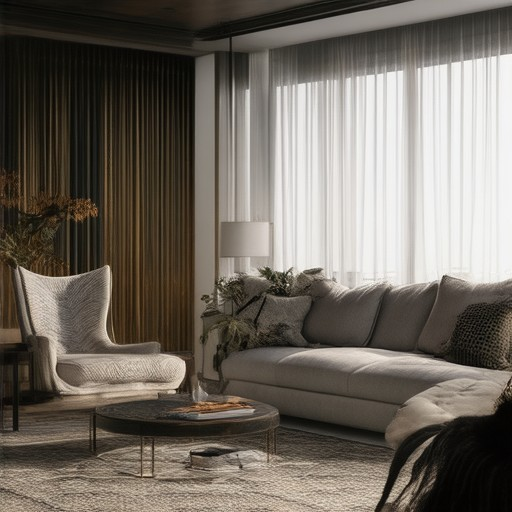
Rules for Wall Decor in a Living Room
When decorating the walls of your living room, it’s essential to follow a few key guidelines to create a cohesive and visually appealing space. Here’s a breakdown of the rules:
- Height and Eye Level:** Most people hang artwork around 57 inches from the floor, which is average eye level. This ensures the piece is easily visible and creates a balanced look. For smaller rooms, you may opt for slightly lower placement.
- Spacing:** Leave at least 2–6 inches of space between framed pieces or decorative items. This prevents the walls from appearing cluttered and allows your eyes to rest between pieces.
- Arrangement:** Group similar styles together for a unified look. Mix abstract art with vintage mirrors or decorative plates for added texture and interest.
- Theme Consistency:** Choose a cohesive theme, whether it’s modern, minimalist, or bohemian. Stick to a color palette that aligns with your furniture and flooring for a harmonious vibe.
- Frame Selection:** Opt for frames that complement your decor. Black or white frames are versatile, while gold or silver accents can add elegance to a room.
- Lighting:** Consider the room’s lighting when placing decor. Recessed lights highlight walls beautifully, while table lamps can accentuate specific areas of the room.
- Symmetry:** Symmetrical arrangements work well in living rooms, creating a calming atmosphere. Use mirrored frames or symmetrical groupings for a polished look.
By adhering to these rules, you can transform your living room into a stylish and inviting space that reflects your personal style.
What to Put on an Empty Living Room Wall
Transforming an empty living room wall can be an exciting task. Here are some creative ideas to inspire your space:
- Wall Art
- Paintings: Add a pop of color with vibrant oil paintings or watercolor artwork.
- Photography: Showcase your favorite moments with framed photos or canvas prints.
- Quotes: Display meaningful quotes in elegant frames for a touch of inspiration.
- Abstract Pieces: Opt for abstract art to bring a modern, unique vibe to the room.
- Wallpaper
- Patterns: Choose geometric or floral wallpaper for a sophisticated look.
- Textures: Try textured wallpapers for added depth and interest.
- Removable Options: Install peel-and-stick wallpapers for easy installation.
- Posters and Murals
- Bold Statements: Large-format posters or murals can make a striking feature wall.
- Motivational Quotes: Add positivity with framed motivational quotes.
- mirror Frames
- Large Mirror: Frameless mirrors can reflect light and add a sleek aesthetic.
- Clocks
- Minimalist Design: A simple, modern wall clock can serve dual purpose.
- decorative Panels
- Tapestries: Hang decorative tapestries for a bohemian-inspired look.
- Handmade Panels: Create or source unique decorative panels for a personalized touch.
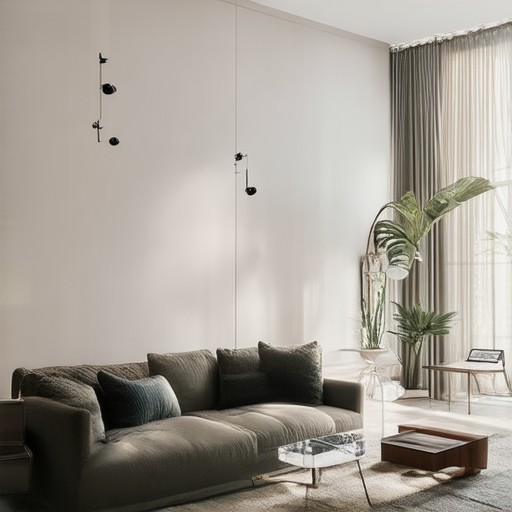
How Many Walls in a Living Room Should Be Decorated?
Your living room is a space meant for relaxation, socializing, and showcasing your personality. While decorating all walls can create a vibrant atmosphere, it’s important to strike a balance. Here’s a guide to help you decide how many walls to decorate:
1. Assess Your Space
Your living room typically has four walls. However, not all of them may need to be adorned. Consider the layout and functionality of the room:
- Focal Points: Highlight architectural features or statement pieces like a TV, fireplace, or built-in bookshelves by decorating the walls behind them.
- Neutral Zones: Leave one wall plain to create a sense of calmness and balance, especially if the room feels cluttered otherwise.
2. Choose Your Style
Your personal style plays a significant role in determining how many walls to decorate:
- Minimalist Approach: Decorate just one or two walls to keep the space clean and uncluttered.
- Modern Elegance: Opt for a bold wallpaper or paint on two walls, with the remaining walls kept simple for contrast.
- Cozy Charm: Add wallpaper or paint to three walls, leaving one wall bare to emphasize texture and dimension.
3. Examples
Here are a few examples to inspire your decision:
- In a cozy living room with a fireplace, consider decorating the walls surrounding the fireplace and one adjacent wall, leaving the wall opposite the fireplace plain for a balanced look.
- In a modern space, use large artwork or bold patterns on two walls, allowing the other two walls to remain neutral and understated.
4. Tips for Success
To achieve a polished look, choose complementary colors and patterns that harmonize well. Remember, less can sometimes be more, allowing negative space to enhance the overall aesthetic.
5. Final Thoughts
Ultimately, the decision depends on your personal style and the function of your living room. Whether you opt for one, two, three, or all four walls, the key is to create a space that feels comfortable and reflects your unique taste.
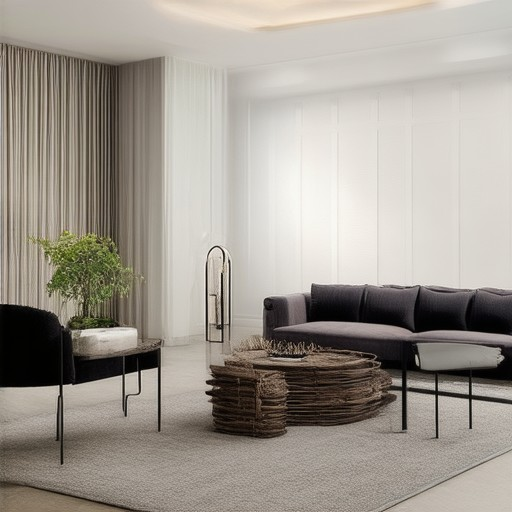
How to Accent Walls in a Living Room
To create an eye-catching focal point in your living room, consider these easy and stylish ways to accentuate your walls:
- 1. Bold Wall Paint:** Choose a striking color that complements your room decor. Opt for high-quality wall paint or spray paint for a polished look. Consider dramatic hues like deep navy, rich earth tones, or vibrant pops of color to make a statement.
- 2. Wall Coverings:** Add texture and interest with removable wall coverings like wallpaper or fabric panels. These options are easy to install and can instantly transform the space without permanent commitments.
- 3. Decorative Accents:** Enhance plain walls with decorative elements such as wall art, mirrors, or photo frames. These can be hung at varying heights to add visual interest and personality to the room.
- 4. Color Blocking:** Create a dynamic effect by painting sections of the wall in contrasting colors. This technique works well in rooms with an eclectic style or to highlight architectural features.
- 5. Stencil Designs:** Use decorative stencils to add patterns or shapes onto the wall. This method allows for creativity while maintaining a cohesive look, perfect for achieving a sophisticated aesthetic.
- 6. Paint Sprays:** For a unique touch, apply paint sprays through stencils or masks to create intricate designs. This technique is ideal for achieving a modern, artistic vibe in minutes.
By experimenting with these techniques, you can easily transform your living room walls into a stunning centerpiece that reflects your personal style. Whether you prefer bold colors, textured surfaces, or decorative accents, the possibilities are endless!
When Not to Use an Accent Wall
If you’re considering adding an accent wall to your home, there are several scenarios where it might not be the best choice:
- Rooms with Existing Busyness: An accent wall can make a room feel overcrowded if it already has a lot of furniture, decor, or busy patterns. This can lead to a chaotic appearance.
- Small Rooms: In smaller spaces, an accent wall can overwhelm the room, making it feel cramped. It’s often better suited for larger areas where it can stand out without overwhelming the space.
- Dark Color Choices: Dark accent walls can create a heavy, oppressive atmosphere. Opt for lighter, neutral, or soft colors to keep the room feeling airy and balanced.
- Mismatched Decor: If the surrounding decor is neutral or monochromatic, a bold accent wall might clash, making the room feel mismatched and disorganized.
- Furniture Placement: In rooms with large or bulky furniture, an accent wall can draw unwanted attention. It’s best saved for spaces where it can complement the existing layout without competing for attention.
- Purpose of the Room: In bedrooms or other private spaces, an accent wall may not have the same impact as in a living room or dining area where it can serve as a focal point.
- Personal Aesthetic Preferences: If you prefer a minimalist or calming environment, an accent wall might not align with your desired look and feel.
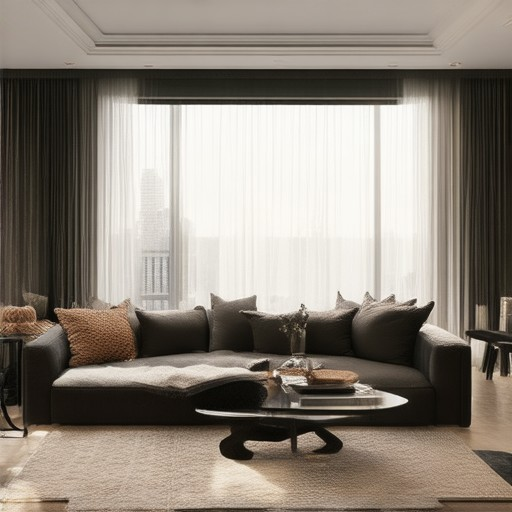
How to Style a Living Room Wall
Styling a living room wall involves combining aesthetic elements with functionality to create a visually appealing and cohesive space. Here are some effective approaches:
- Gallery Wall Design: Create a focal point by arranging framed artwork, photographs, or mirrors in a coordinated layout. Select frames with complementary colors and rotate the pieces for visual interest. Use command strips or hooks to hang them securely.
- Wallpaper Application: Transform the wall with removable wallpaper for renters or permanent wallpaper for homeowners. Choose patterns or textures that align with your room’s decor. Sample strips are available at most hardware stores to test the look before committing.
- Stencil Art: Achieve custom designs using decorative stencils. Apply them with acrylic paint for a durable finish. Clean lines and geometric shapes work well in modern settings, while floral motifs suit traditional rooms.
- Paint Colors: Opt for neutral tones like beige or light gray for a timeless look. Bold colors can add personality; choose accents that match your furniture or flooring. Consider texture via textured paint or stripes for added depth.
- Wall Art Display: Add personal touches with wall art, quotes, or family photos. Frame them uniformly and mix sizes for visual appeal. Pair with matching lamps or vases to maintain cohesion.
- Mirror Features: Install a large mirror to reflect light and create the illusion of space. Place it strategically near a seating area or above the fireplace for added ambiance.
- Lighting Elements: Enhance wall decor with sconces or picture lights. These fixtures add warmth and highlight your chosen artwork or photo displays.
- Open Shelving: Install floating shelves to showcase books, plants, or trinkets. Keep it tidy by organizing items neatly and selecting a finish that complements your wall color.
By experimenting with these techniques, you can customize your living room wall to reflect your unique style and enhance the overall room atmosphere. For more ideas and inspiration, explore our gallery wall ideas and wallpaper selections .

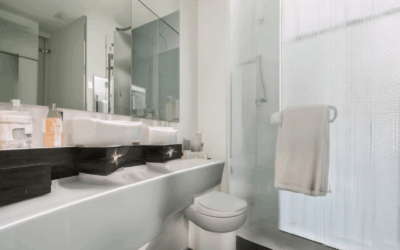
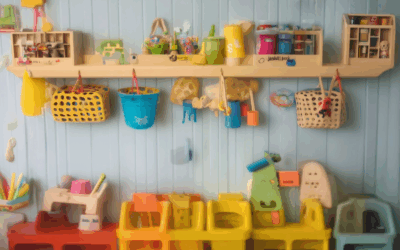
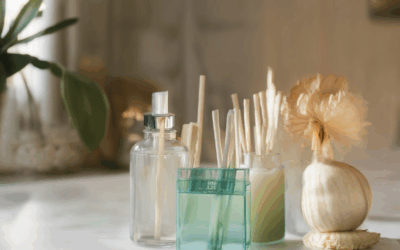
0 Comments